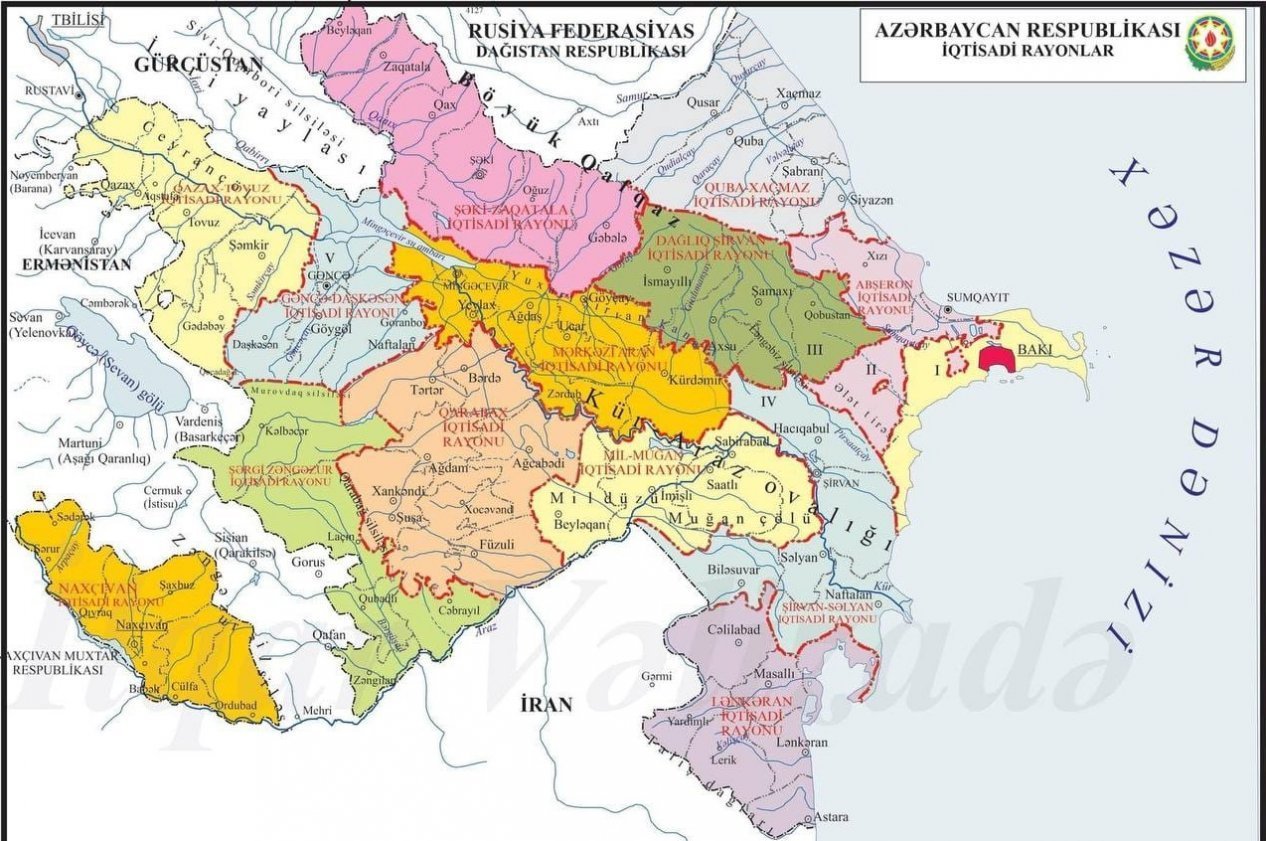
Azerbaijani President Ilham Aliyev’s approval of the new division of economic regions is of special importance in terms of restoring the historical names of Azerbaijani lands, and economic specification will ensure the implementation of effective investment policy and increase flexibility in governance, Azerbaijani Economy Minister Mikayil Jabbarov tweeted. The minister said that this step is an important impetus for the revival and progress of the liberated territories.
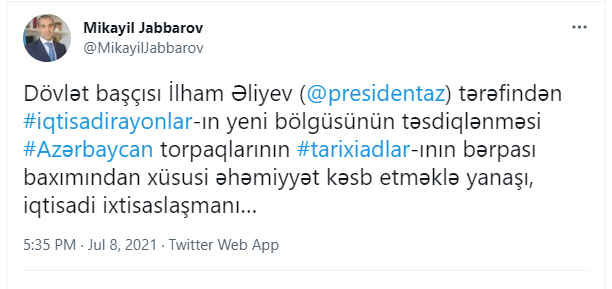
On July 7, 2021, President of Azerbaijan Ilham Aliyev signed a decree ‘On the new division of economic regions in Azerbaijan.’ According to the decree, Azerbaijan is divided into 14 economic regions. According to the previous division, there were 10 economic regions in Azerbaijan.
What is an economic region, what are the advantages of this division?
Experts point out a number of issues. They note that various regions of the republic differ from each other in terms of natural conditions, resources, sectoral and territorial structure of the economy, the characteristics of historical development and the level of development of the population. In this sense, the manufacture of one or another product and the development of services in only a certain part of the country is more efficient than in other areas. As a result, a territorial division of labor is formed. Therefore, with the division of economic regions, the specification of the economy as a result of territorial division of labor is taken as the main factor.
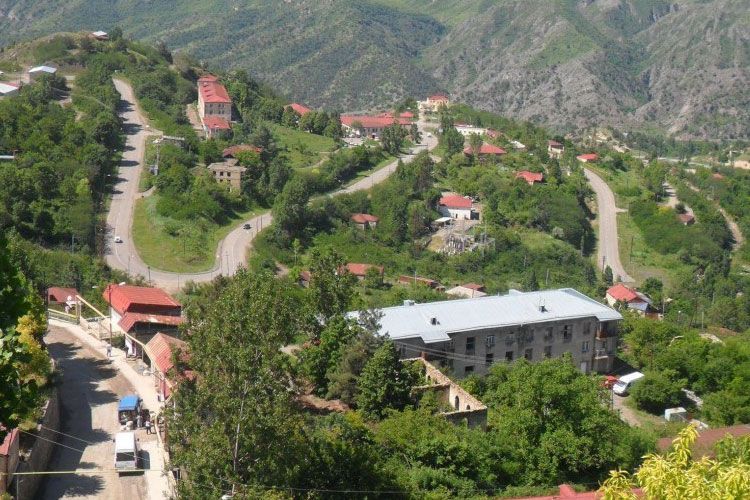
Based on these points, the ‘Economic Region’ is defined as follows:
Economic region is an area of the country that differs in terms of specifics of the economy.
The advantages of economic zoning are assessed from different angles. Azerbaijani expert economist Fuad Ibrahimov told Report that the new economic division will create conditions for transparent spending of budget funds. The integration of the areas included in the economic regions will be strengthened: “There will be flexibility in the use of funds allocated from the budget for their intended purpose. After that, the flexibility of entrepreneurs in these regions will be established. In short, the shadow economy will gradually disappear, so regional development will take place. The economist added that this step will create conditions for the revival of the non-oil sector: “Bringing these indicators together, I can say that the decision signed by the president is important. This is a very important and significant decision, given the process of attracting our lands, which have gone through a period of war and now are liberated from occupation, into economic circulation.
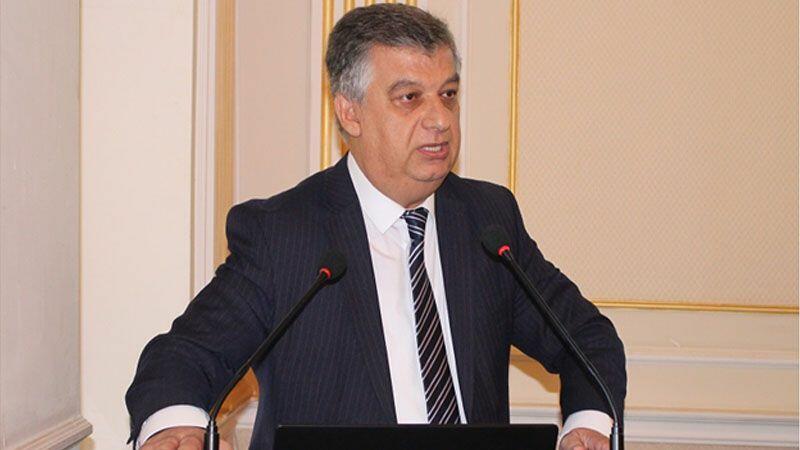
Azerbaijani economist, MP Ali Masimli said that the new division of economic regions, in particular, will contribute to increasing the effectiveness of measures taken to restore and develop Karabakh. In addition, it will contribute to the restructuring of economic governance in the country in accordance with the challenges of the post-conflict period, to ensure flexibility and efficiency and to the implementation of reforms, especially structural and institutional ones. The State Program for Socio-Economic Development of the Regions of Azerbaijan in 2019-2023, as well as the development strategy of Karabakh will be adapted to the new division of economic regions.
By the way, the known decree attracts special attention for two economic regions. These are Karabakh and East Zangazur economic regions. Experts say that the creation of these economic regions is a strategic step in line with the reality of the victory in the Second Karabakh War. Both the restoration of historical justice and a unified approach to Karabakh are manifested here.
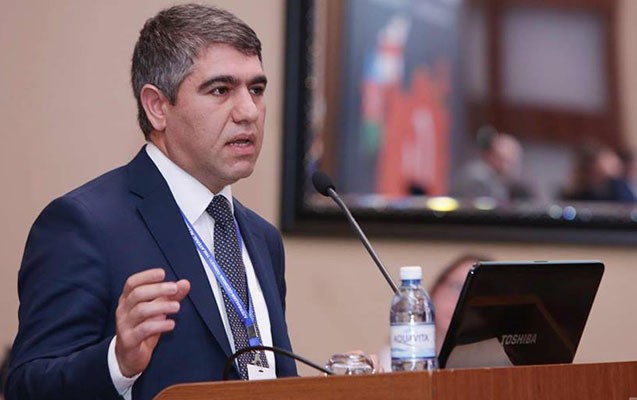
Economist, MP Vugar Bayramov noted on his Facebook page that economic zoning will allow their assessment in accordance with the economic potential. The economist added that the occupation of about 20 percent of Azerbaijan’s territory for more than 27 years did not allow to use the economic potential of these lands. The economist substantiated this with examples: “According to the previous classification, the Upper Karabakh economic region last year manufactured products worth 637.070 million manat, including Agdam – 172.934 million manat, Fuzuli – 138.652 million manat. In the former Kalbajar-Lachin economic region, which covers four regions, only products worth 97.838 million manat were manufactured. This production took place at the expense of offices and enterprises located in the settlements under Azerbaijani control in some of these regions and in other regions of the republic. The share of Karabakh in the output of the main sectors of the economy was 0.7%, and the share of the former Kalbajar-Lachin economic region was only 0.1%.
The economist said that given the existing potential of the Karabakh economic region, the volume of raw materials and natural resources and fertile land, production is expected to increase in the near future after the recovery phase. In addition, the Karabakh economic region has great potential in industry, tourism and the agricultural sector: "East Zangazur is an economic region with great potential both in the agricultural sector and in terms of natural resources."
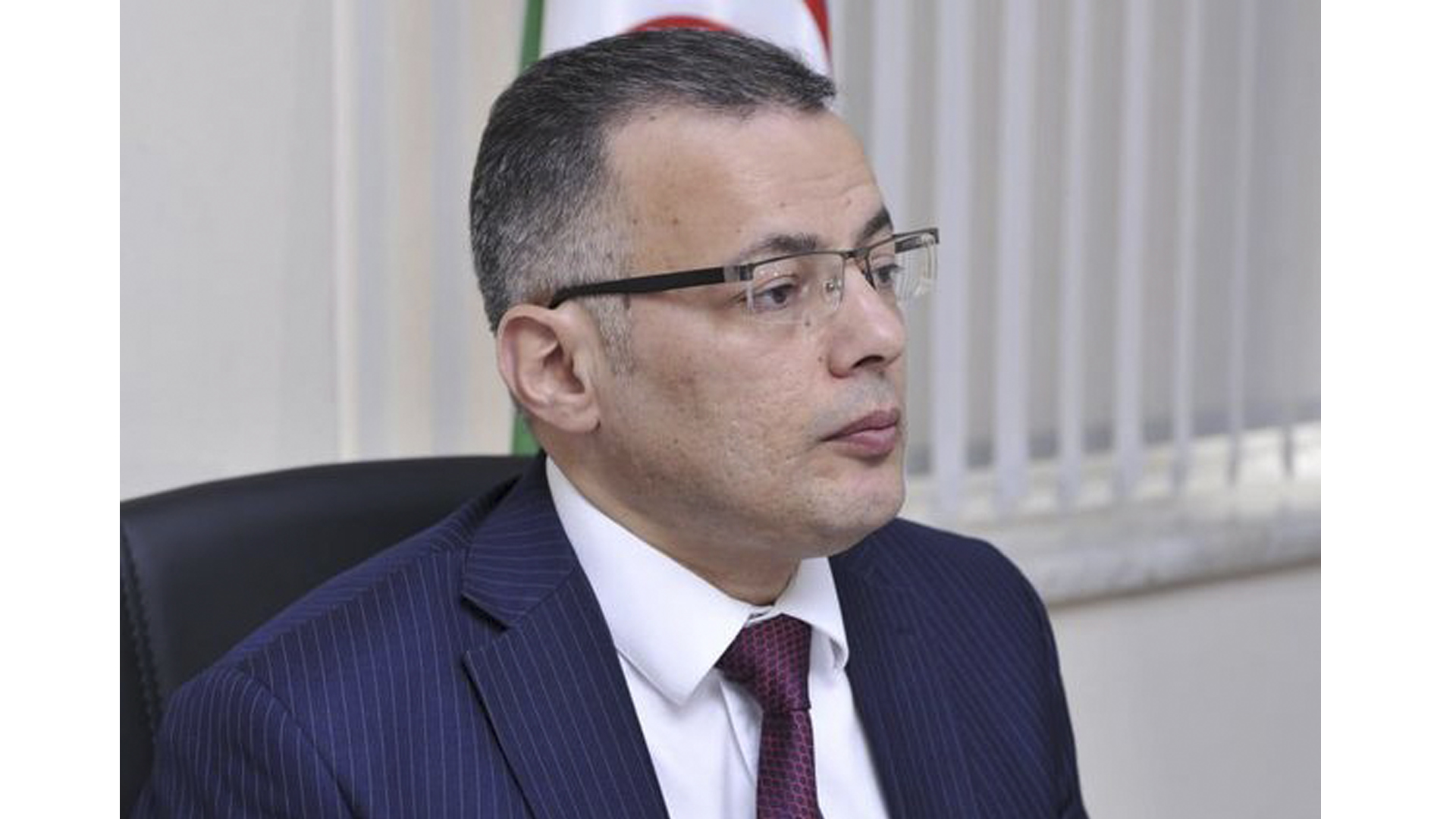
As for the development potential of the Karabakh and East Zangazur economic regions, Vusal Gasimli, head of the Center for Economic Reforms Analysis and Communication (CERAC) said that these regions have a high potential for the development of the mining industry and metallurgy. In addition, forest, water and land resources in the territories liberated by Azerbaijan create great opportunities for the development of agriculture, processing industry and tourism. Preliminary estimates of the center show that in the coming years, the total output of key areas in the Upper Karabakh and Kalbajar-Lachin economic regions (according to the classification in force until July 7, 2021 - ed.) may increase by more than 2 billion manat.
In addition, there are more than 250,000 hectares of fertile land in Karabakh alone. Armenians were able to use only 7% of this potential during the occupation. Also, only 10-12 centners of grain were taken from each hectare. However, before the occupation of Karabakh, this figure was 21-25 centners. Azerbaijan has great potential for the development of viticulture, tobacco, cotton, silkworm breeding, fruits and vegetables, melons and livestock in the liberated lands. At the same time, there is potential for the development of the processing and food industries.
He added that currently the level of self-sufficiency in meat and meat products in Azerbaijan is 82.5 percent, and 86.2 percent in milk and dairy products. According to forecasts, the level of self-sufficiency can be fully achieved after the resumption of economic activity in the liberated territories. By the way, about 40% of Azerbaijan's mineral water reserves are in Karabakh and East Zangazur. It is possible to sell this water both in bottles and to create resort and recreation zones on the springs. There is also great potential for the development of tourism on the basis of 2 previously occupied reserves, 4 sanctuaries and historical monuments.

Some 25% of local water resources in Azerbaijan are in Karabakh and surrounding areas. According to official statements, Azerbaijan plans to build hydropower plants with a total capacity of 140 megawatts in the liberated areas. This means the annual production of 360 million kilowatt-hours of electricity. In addition, the construction of the Khudaferin and Giz Galasi hydroelectric dams and hydropower plants on the Araz River will provide 280 megawatts of energy.
At the same time, Karabakh has a high potential to become a green energy zone. Thus, Fuzuli, Jabrayil and Zangilan regions are in the second place after the Nakhchivan Autonomous Republic in terms of the amount of solar radiation. In general, the total solar energy potential of this area is 3,000-4,000 megawatts. In addition, the average annual wind speed in the mountainous part of Karabakh is 7-8 meters per second, in Kalbajar and Lachin it reaches 10 meters. The potential of wind energy in the mountainous areas of Karabakh is estimated at 300-500 megawatts.
Many of the figures listed here are the result of preliminary calculations. These figures are expected to be higher. In this sense, the potential of the economic regions of Karabakh and East Zangazur is expected to be wider. Experts note that the identification and development of this potential in different regions will be more comprehensive in nature within the division of economic regions.




















